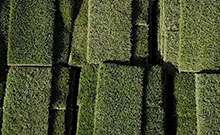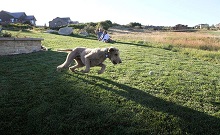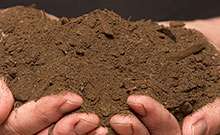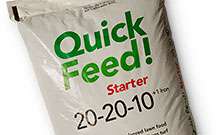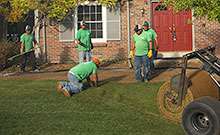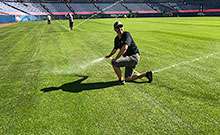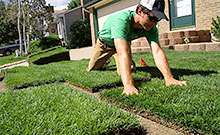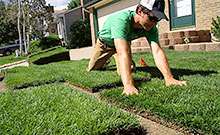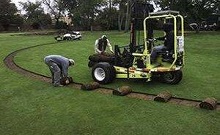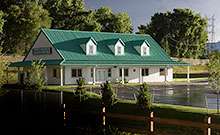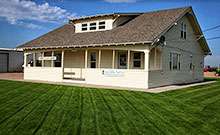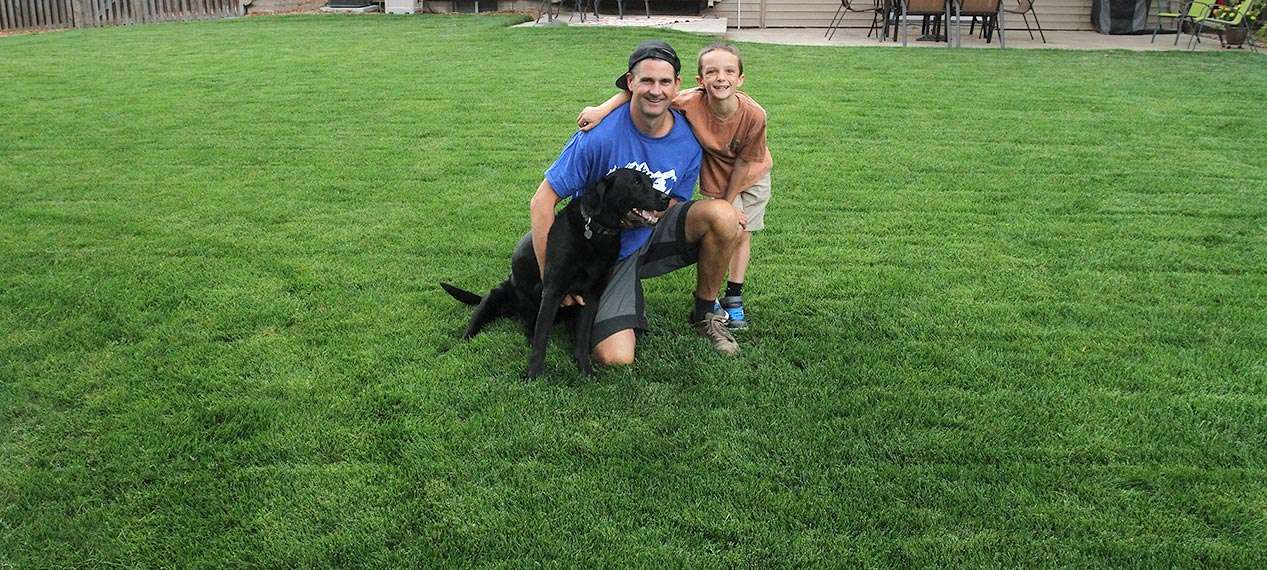If you live in Colorado and want to keep your lawn looking great, there’s a lot to consider, because choosing the best sod for Colorado lawns means balancing climate, elevation, traffic, shade and water use. The region’s mix of cold winters, warm summers and variable rainfall makes this a key decision for homeowners like you.
Here’s what you need to know about the main sod types, especially bluegrass, fescue, and bermudagrass, so you can choose the best options for your needs and have a great-looking lawn you can be proud of.
Why Choosing the Right Sod Matters in Colorado
Colorado landscapes bring specific challenges, including:
- Cold winters and possible frost or snow cover
- Warm, sometimes dry summers when water conservation is important
- Varied elevation and soil conditions
Remember, what works at 5,000 ft may not do well at 8,000 ft, and the way you use your lawn also matters. Lawns under heavy foot traffic have different requirements than decorative areas. By selecting sod suited to your yard’s conditions, you’ll get better durability, fewer problems, and a healthier lawn to enjoy.
Key Criteria for Sod in Colorado
When considering sod types, ask yourself about:
Cold Hardiness: Will it survive winters and early frosts?
Heat and drought tolerance: Can it stand hot summers and less water?
Shade tolerance: Does your yard have tree cover or north north-facing slope?
Traffic tolerance: Will kids, pets or heavy use wear it down?
Soil & elevation fit: Is your yard high altitude, rocky, or with challenging soil?
You’ll want sod that hits the right balance for your yard, not just what looks good in general, so your lawn can stay healthy and thriving for the long term. Lawns can be a lot of work, and they require maintenance and upkeep. The goal is to reduce that as much as possible, and that starts with the right grass for your specific situation and needs.
Top Sod Types for Colorado Lawns
There are some types of sod that generally perform well in Colorado, and it’s essential to consider their strengths and weaknesses.
Colorado Blue™ Sod Bluegrass
This is the classic Kentucky bluegrass blend option for a “lush” lawn in Colorado. Its strengths include:
- Dense, dark green turf that spreads well via rhizomes.
- Excellent cold-hardiness and ability to recover from damage.
- Strong drought tolerance is designed for the local climate.
It also has some potential downsides, such as:
- It requires good irrigation and may not perform well in lower-elevation areas or shady spots.
- It needs more maintenance, such as dethatching and aeration, for spread performance.
This sod can be a great choice when you want a traditional plush lawn, you have good irrigation, and your location offers light shade or full sun.
RTF® Water Saver® Sod Tall Fescue
This is a very strong choice if you have variable conditions or need something more drought-tolerant, or if you’re looking for stronger water savings. Its strengths are:
- A deep root system, offering solid drought tolerance and heat handling.
- Good shade tolerance compared to bluegrass.
- A self-repairing blend that’s resistant to pet urine and bare spots.
Important considerations for this type of sod include:
- The thatch is lower than some other grass types, which may not be ideal for all applications.
- The texture can be a bit coarser than other lawn options.
If irrigation is limited, your yard has a lot of shade, or you want lower-maintenance than classic bluegrass, it can be the right option for your needs.
Tahoma 31™ Sod Bermudagrass
This sod is an excellent cold-tolerant option for higher elevation, or where water is limited, and has some significant strengths, including:
- Strong performance in shady yards and poor soils.
- Low maintenance, with less fertilizer and mowing required.
- Soft, dense surface with good wear tolerance.
Like other grasses, though, there are some potential downsides, such as:
- Greening up in April and going dormant in October.
- Thinner, finer blades and a shorter growth length.
- You may want to choose this sod for play and pet areas, for smaller lawns, and for areas where appearance is only a moderate priority.
These aren’t the only sod options for Colorado lawns, but they’re the most common ones. If you have more unique needs or want a specific look, though, it’s worth working with a lawncare company that can give you additional advice.
How to Decide Which Sod is Right for Your Yard
Not sure which sod to pick? Here’s a quick decision guide to help.
- Do you have full sun most of the day? Choose Bluegrass or Tall Fescue.
- Do you have shade or need sod under trees? Consider Tall Fescue or Bermudagrass.
- Is water use a major concern, and do you prefer low maintenance? That’s good for Tall Fescue or Bermudagrass.
- Will the lawn see heavy foot traffic, like kids or pets playing? Choose a turf with strong recovery (Bluegrass) or a dense root system (Tall Fescue).
- Are you at a high elevation, or do you have tough or rocky soil? You might favor deep-rooted types (Tall Fescue) or tolerant natives (Bermudagrass).
- How green do you want it year-round? Are you okay with temporary dormancy? If year-round green is a high priority, choose Bluegrass. If dormancy is acceptable, Bermudagrass.
Maintenance Considerations for Each Sod Type
Even the best sod for Colorado lawns will need proper care. Here’s what to expect by type:
Bluegrass
- Regular watering, especially in summer heat.
- Aerate and dethatch annually.
- Fertilize moderately.
Tall Fescue
- Moderate watering; less than bluegrass.
- Good drainage helps performance.
- Mow at 2.5 to 3 inches.
Bermudagrass
- Very low irrigation once established.
- You can mow less often.
- You’ll have dormancy during colder months.
Final Thoughts on Choosing the Right Sod
Choosing the best sod for Colorado lawns comes down to matching your yard’s conditions with the turf’s strengths, and there’s no one-size-fits-all. If your priority is a lush, traditional lawn and you’ve got reliable water and sun, it may be best to go with classic bluegrass. However, if you want more drought-resistance or shade tolerance, tall fescue is a strong alternative.
If your yard is shady, rocky, or you want minimal maintenance for a small lawn, bermudagrass can work well. Taking time now to select wisely will pay off in fewer problems, better appearance and happier lawn-days ahead, so you can enjoy your beautiful lawn to the fullest.

